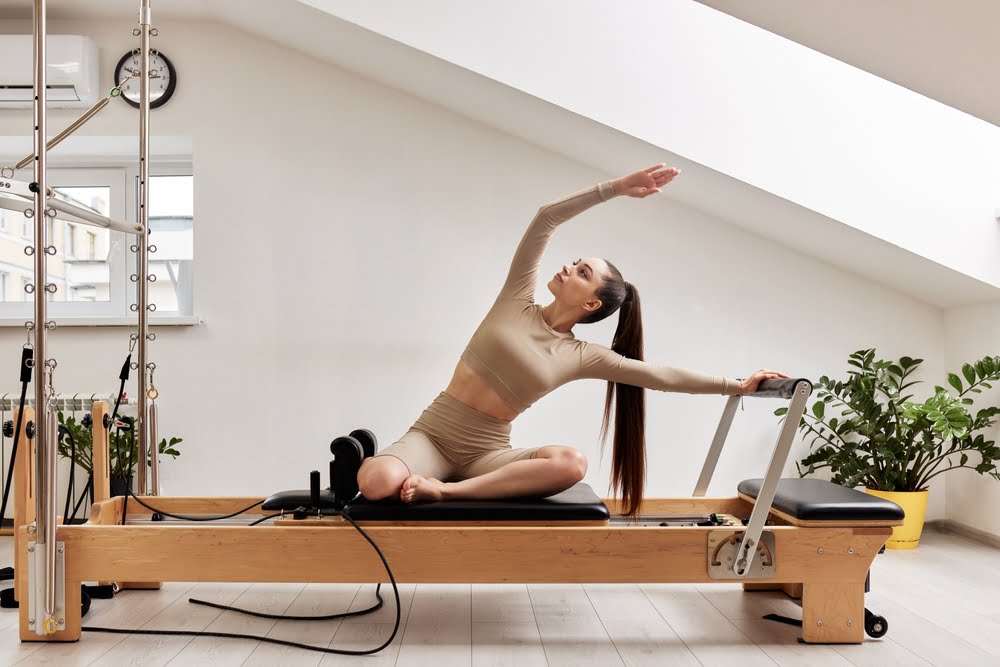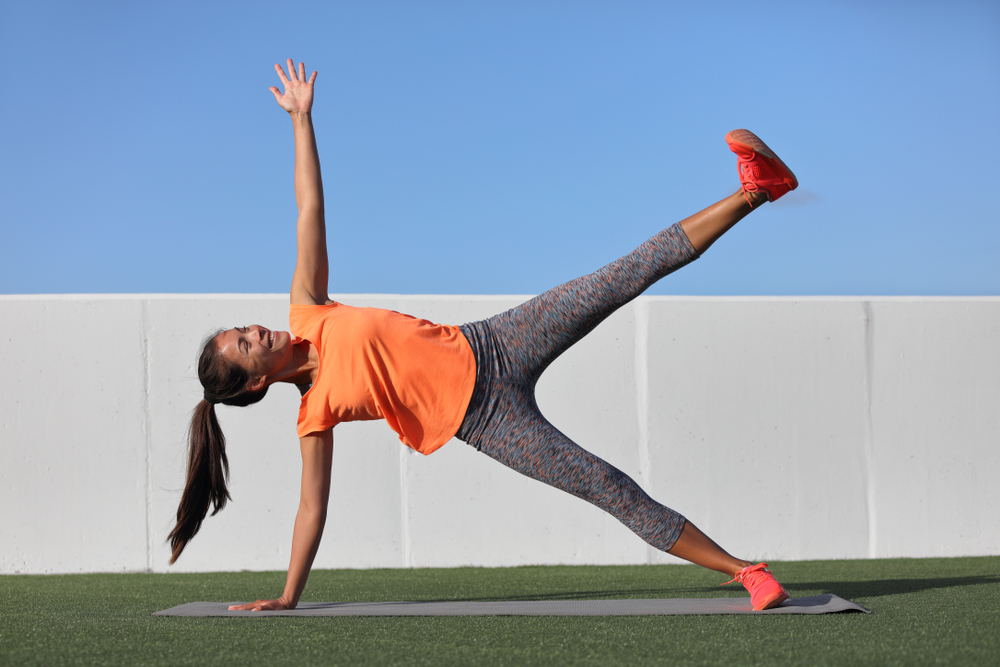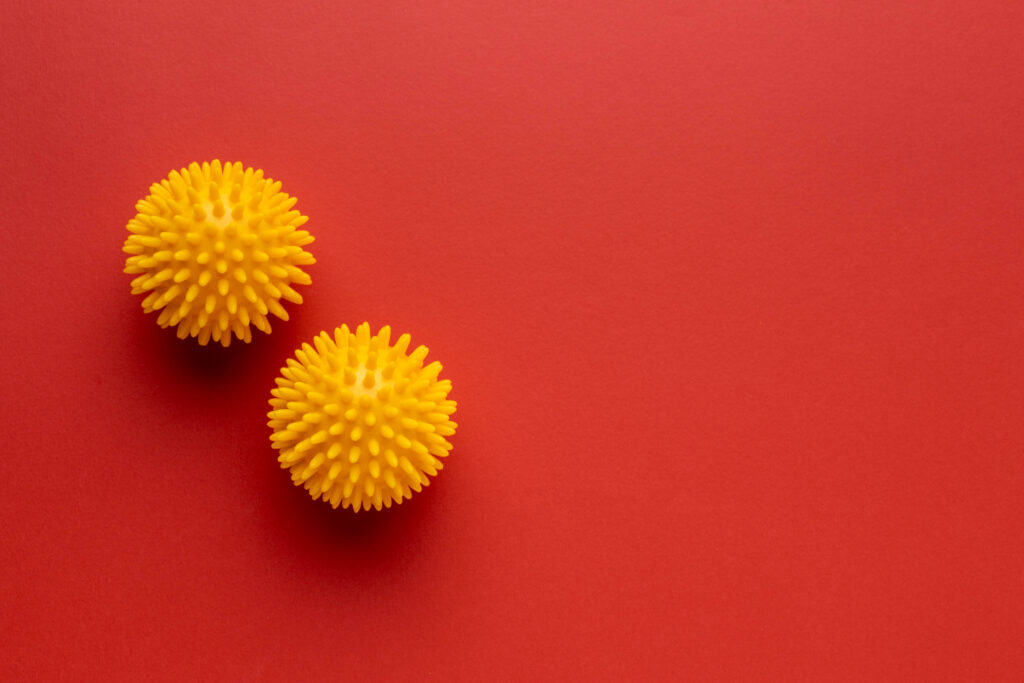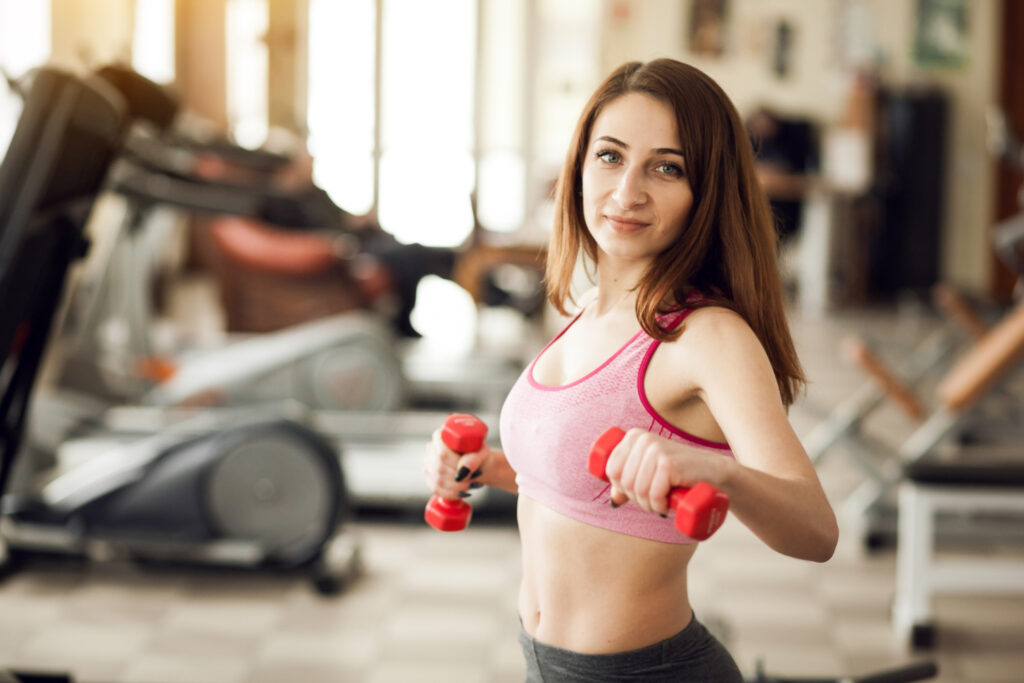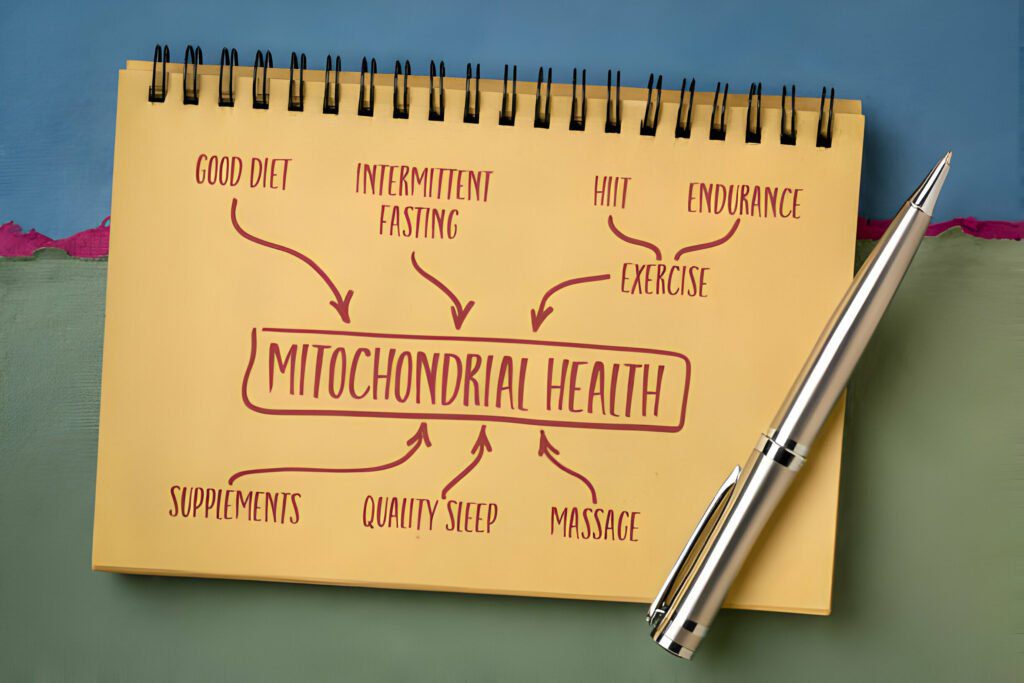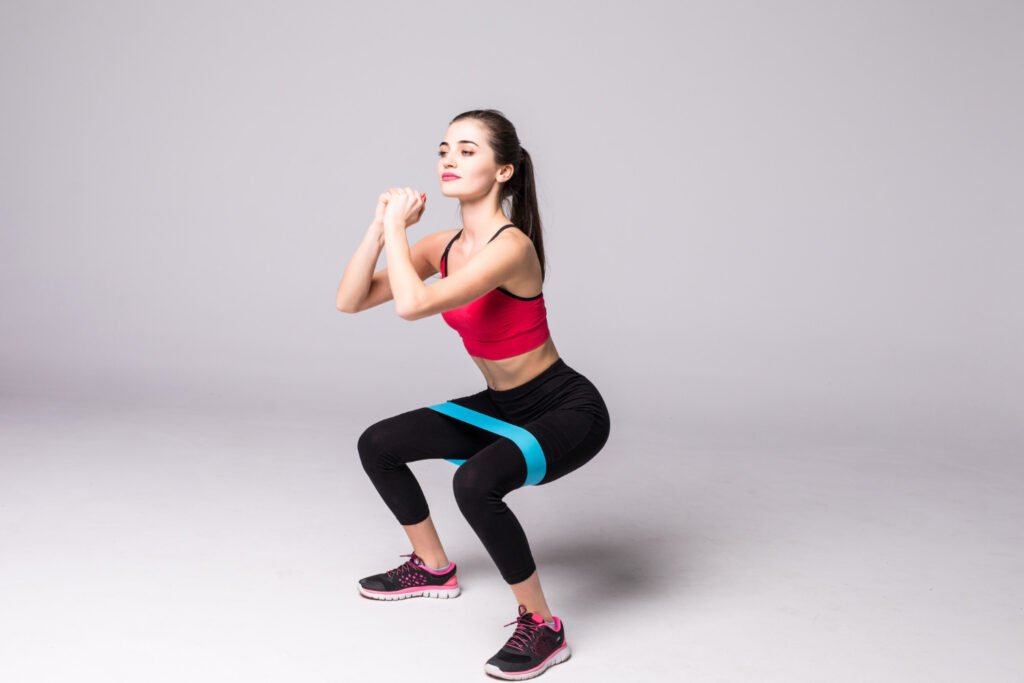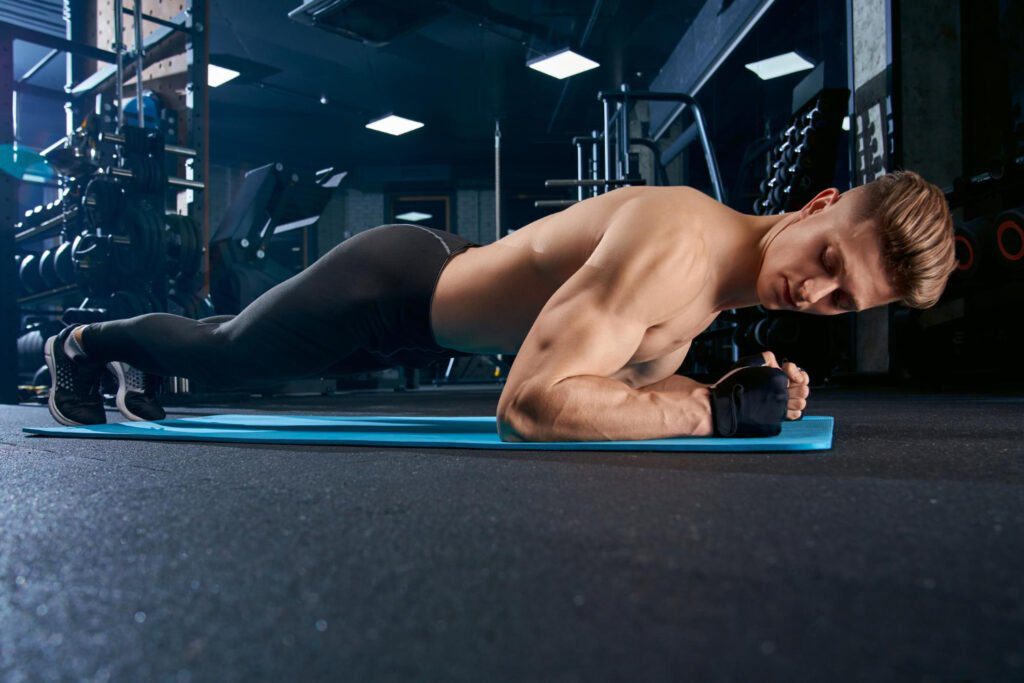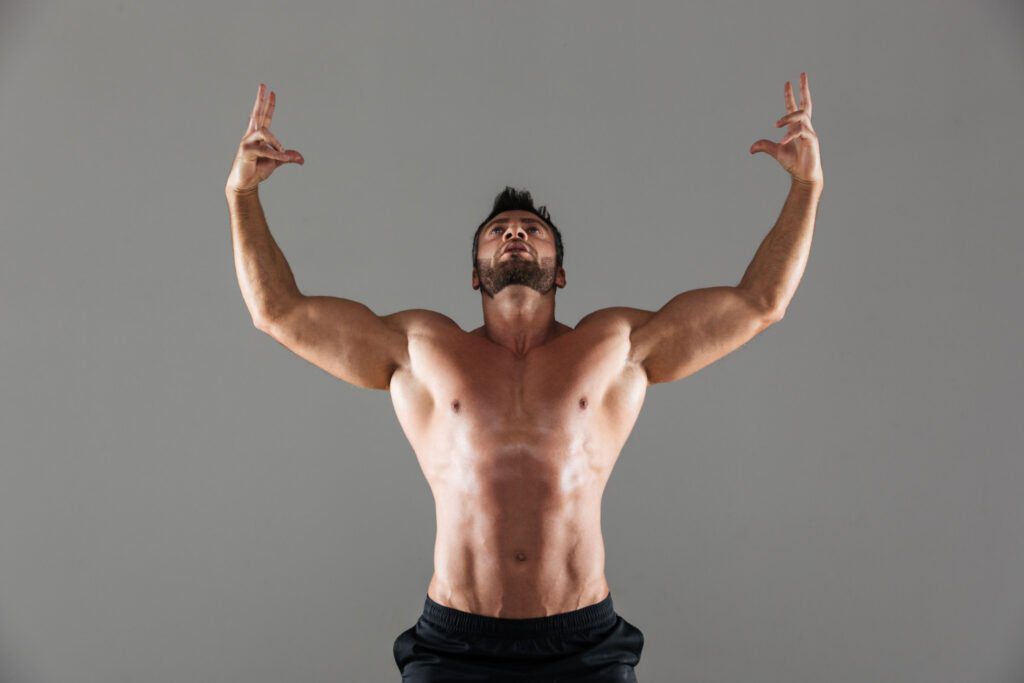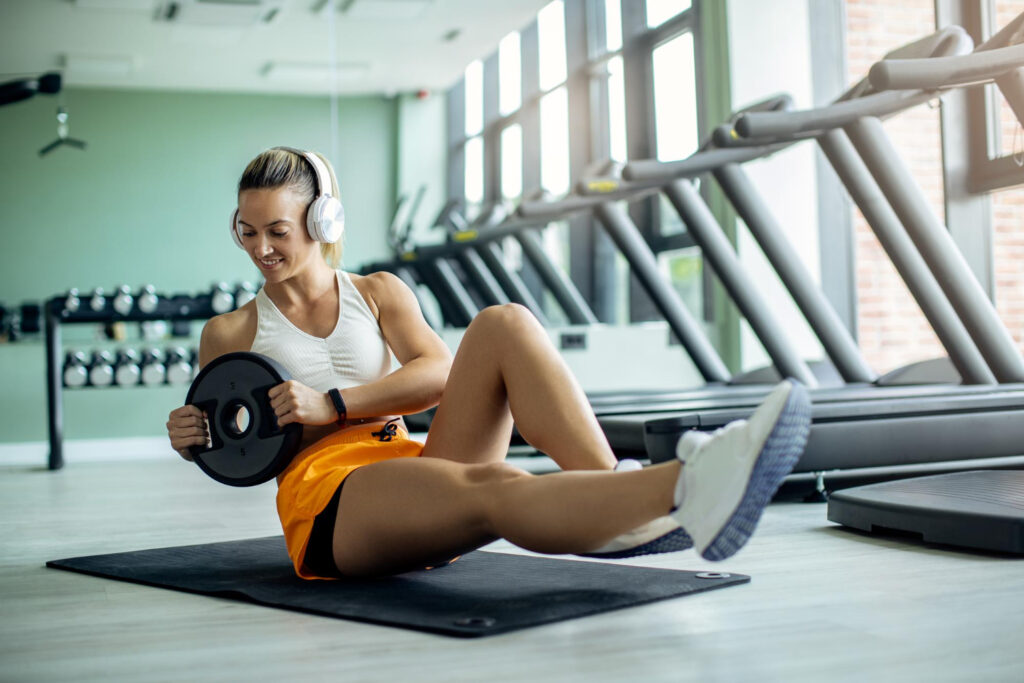Pilates reformers are versatile exercise machines that offer a wide range of workouts for strength, flexibility, and balance. They are a staple in many Pilates studios and gyms. If you’re new to the Pilates reformer, it might look a bit intimidating at first. However, with the right guidance, anyone can learn how to use it effectively.
What is a Pilates Reformer?
The Pilates reformer is a piece of equipment designed by Joseph Pilates. It consists of a flat platform, called a carriage, that rolls back and forth on wheels within a frame. The carriage is attached to springs, which provide varying levels of resistance. There are also adjustable bars and straps to help with different exercises.
Benefits of Using a Pilates Reformer.
Using a Pilates reformer can provide numerous benefits, including:
– Improved Strength: The resistance provided by the springs helps build muscle strength.
– Better Flexibility: Many exercises on the reformer focus on stretching, improving overall flexibility.
– Enhanced Balance and Coordination: The instability of the moving carriage helps to improve balance and coordination.
– Injury Prevention and Rehabilitation: The low-impact nature of Pilates makes it ideal for those recovering from injuries.
Getting Started with the Pilates Reformer.
1. Familiarize Yourself with the Equipment.
Before you start, take some time to get to know the parts of the reformer:
– Carriage: The moving platform where you lie, sit, or stand.
– Footbar: The bar at one end of the reformer used for foot or hand placement.
– Springs: These provide resistance and can be adjusted.
– Straps and Handles: Used for various arm and leg exercises.
– Shoulder Blocks: These keep your body stable during exercises.
2. Adjusting the Reformer.
Each person is different, so adjust the reformer to fit your body:
– Footbar Height: Set it to a comfortable height for your feet or hands.
– Spring Resistance: Start with lighter springs and gradually increase as you become more comfortable.
– Strap Length: Adjust the straps to suit the length of your arms and legs.
3. Basic Reformer Exercises.
Here are a few basic exercises to get you started:
The Footwork Series.
– Toes on the Bar: Lie on your back with your toes on the footbar and push the carriage away.
– Heels on the Bar: Place your heels on the footbar and push.
– Arches on the Bar: Use the middle of your feet to push the carriage.
The Hundred.
– Lie on your back with your knees bent and feet in the straps.
– Lift your head and shoulders, extend your legs, and pump your arms up and down for a count of 100.
The Leg Circles.
– Lie on your back with your feet in the straps.
– Make large circles with your legs, keeping the movements controlled.
Interview with a Pilates Expert.
To gain deeper insights into using a Pilates reformer, we spoke with Jane Smith, a certified Pilates instructor with over 15 years of experience.
Q: What advice would you give to beginners?
Jane: “Start slow and be patient. It’s important to learn the basics and understand how your body moves. Don’t rush through the exercises; focus on form and control.”
Q: How often should someone use the reformer to see benefits?
Jane: “Consistency is key. Aim for at least two to three sessions per week. Over time, you’ll notice improvements in strength, flexibility, and overall well-being.”
Scientific Evidence Supporting Pilates Reformer Benefits.
Research has shown that Pilates reformer exercises offer significant health benefits. A study published in the Journal of Physical Therapy Science found that participants who used the Pilates reformer showed marked improvements in balance, strength, and flexibility. Another study in the Journal of Bodywork and Movement Therapies highlighted its effectiveness in reducing chronic lower back pain.(1)
Advanced Reformer Exercises.
Once you’re comfortable with the basics, you can move on to more advanced exercises:
Long Stretch Series.
– Plank Position: Place your hands on the footbar and feet on the carriage. Push the carriage out while maintaining a plank position.
– Down Stretch: From the plank position, lower your hips and lift your chest while pushing the carriage.
The Teaser.
– Sit on the carriage with legs extended and feet in the straps.
– Roll down slowly, then lift your legs and torso simultaneously into a “V” shape.
Safety Tips.
– Warm Up and Cool Down: Always start with a warm-up and end with a cool-down.
– Listen to Your Body: If something doesn’t feel right, stop immediately.
– Proper Footwear: Use non-slip socks to prevent slipping on the carriage.
– Regular Maintenance: Ensure the reformer is in good working condition to avoid accidents.
Frequently Asked Questions.
Yes, the reformer is suitable for all fitness levels. However, it’s best to consult with a certified instructor, especially if you have any medical conditions.
Sessions typically last between 45 minutes to an hour.
No prior experience is needed, but it helps to start with a few mat Pilates sessions to learn the basics.
Working with a certified instructor can ensure you’re using the reformer correctly and safely.
Bottom Line.
Using a Pilates reformer can be a highly rewarding experience, offering numerous benefits for your physical and mental health. By starting with the basics, adjusting the equipment to your needs, and gradually progressing to more advanced exercises, you can make the most out of your reformer workouts. Always remember to prioritize safety and consider working with a professional to get the best results. With consistency and dedication, the Pilates reformer can become a powerful tool in your fitness journey.
+1 Source
FitMeMore has strict sourcing guidelines and relies on peer-reviewed studies, educational research institutes, and medical organizations. We avoid using tertiary references. You can learn more about how we ensure our content is accurate and up-to-date by reading our editorial policy.
- Integrating Pilates Exercise into an Exercise Program for 65+ Year-Old Women to Reduce Falls; https://www.ncbi.nlm.nih.gov/pmc/articles/PMC3737905/
How we reviewed this article:
Our team of experts is always monitoring the health and wellness field, ensuring that our articles are updated promptly as new information emerges. See Our Editorial Process
May 13, 2025
Written By: Ethan Marshall
Written By: Ethan Marshall

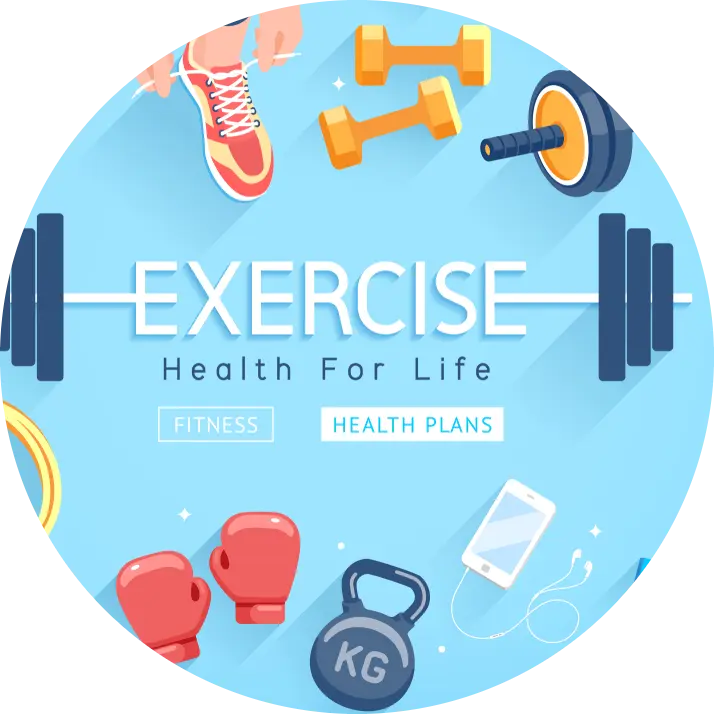 Workout
Workout
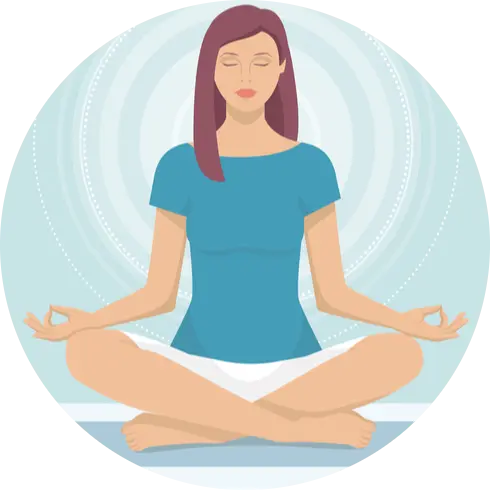 Meditation
Meditation





 Contact Us
Contact Us

